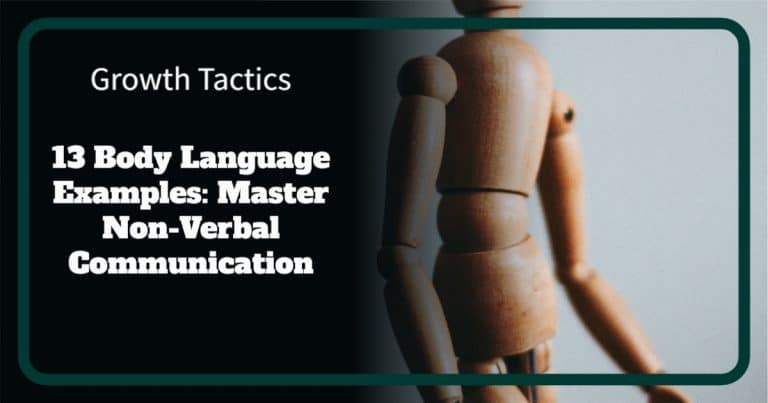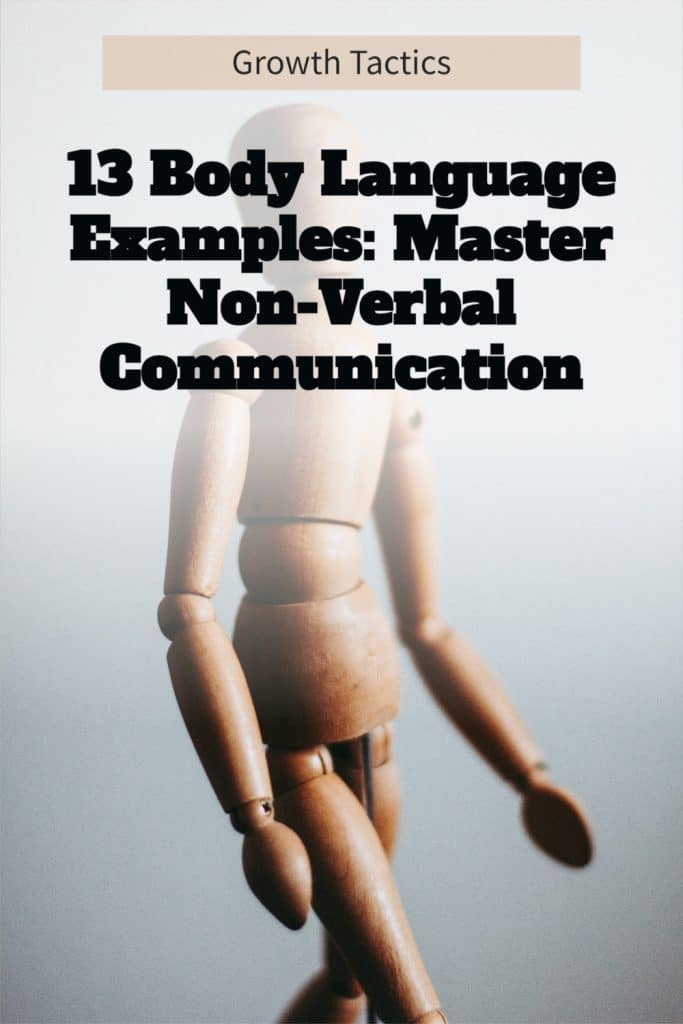Have you ever looked at someone and thought, “What is going through their head right now?”
If only we could read minds. But the next best thing? Well, that’s body language.
Body language can tell us a lot about how a person is feeling, and even what they’re thinking. The key to understanding body language is to see the changes in it. Because when a person’s body language changes from one minute to the next, it shows that something has changed for them.
In this article, you will discover 13 body language examples to help you better understand nonverbal cues.
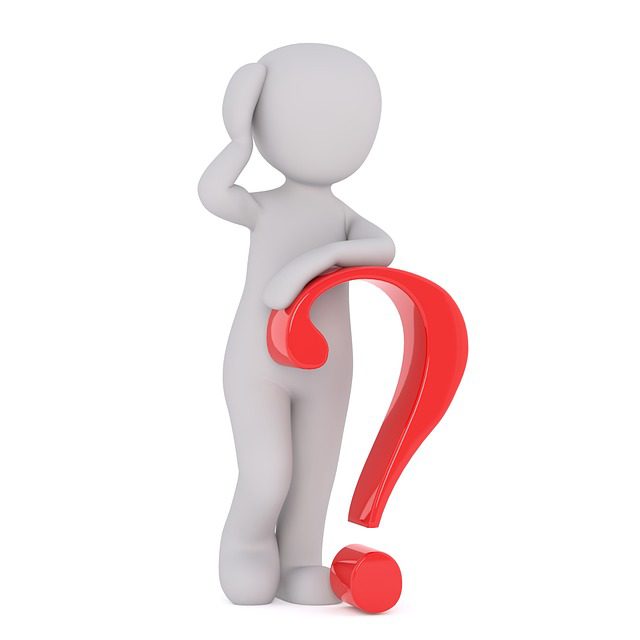
Jump To Section
Why is Body Language So Important?
Body language is important because it is a silent way of communicating. It tells people what you are feeling without words. We use our body language every day without even realizing it. The way we sit, stand, walk, smile, laugh, and talk all tell other people how we feel and what we think.
We all know how rude it feels when someone rolls their eyes at us or crosses their arms while we are talking. Other people can tell how you feel by noticing the way you use your gestures. It is important to use good body language so that you do not make others feel uncomfortable or upset.
So why is body language so important?
Because it helps us communicate and understand what others are trying to say even if their words don’t match.
See Related: Master Communication Skills with These 15 Powerful Tips
Body Language Examples

Eye Contact
When you meet a new person, what catches your attention? Maybe you look them up and down for clues about their personality. Maybe you focus on their voice. But if you’re like most people, one of the first things you notice is their eyes.
Eye contact is a powerful form of nonverbal communication that can convey a variety of messages. From confidence to love to anger to attraction. It’s also an important part of body language. Your own, and other people’s.
How much do we rely on eye contact in communication? Studies have shown that if you omit eye contact when speaking aloud to someone, they are less likely to understand your words and more likely to perceive your message as insincere or unimportant.
We should make eye contact with people when we talk to them. Eye contact shows that you’re engaged and listening carefully. In other words, it conveys what would normally be conveyed by a nod or some other gesture. Not engaging with someone through eye contact can make the person feel like you don’t really care what they have to say.
But don’t hold someone’s gaze too long! Holding someone’s gaze for more than a few seconds at a time can feel intimidating and make the person being stared at uncomfortable—and also send a negative message about your intentions.
If you want to show interest in someone, try alternating brief periods of intense eye contact with breaks where you look away briefly before returning to their eyes. That way you’ll still convey engagement without getting awkward or making your target uncomfortable.
See Related: Eye contact is important (crucial really) in communication.

Eyebrow Raise
What does it mean when someone raises their eyebrows? Well, that varies, depending on the context. Still, there are some general rules:
If you’ve just said something astonishing or shocking and the person’s eyebrows shoot up, they’re probably surprised or shocked. If a person raises their eyebrows in a high arch, they’re likely annoyed or skeptical. As their eyebrows get closer together, their expression may be getting more serious. Brows raised and squished together can show anger or confusion.
An arched brow can also show interest (as if to say “Really?”) Or disbelief (as if to say “No way!”). Raised, relaxed brows can mean that someone is intrigued by what you have said. These are all examples of basic eyebrow-based communication, but there’s more! One very important thing to remember is that most people don’t do this sort of thing on purpose; it’s usually instinctive and unconscious.

Head Nod
A head nod is one of the most common body language signals, and it’s probably more powerful than you think.
You’ve likely heard people say someone “gave them the nod” to do something—that is, they were asking for permission to do something. But that’s not the only meaning a head nod can have.
For example, if you’re having a conversation with someone, and they are nodding along while you’re talking, it could be a sign that they’re interested in what you’re saying and like what they’re hearing.
Another way someone might nod their head is to show approval or affirmation. This can be during an interview when an interviewer nods to show that they agree with your answer.
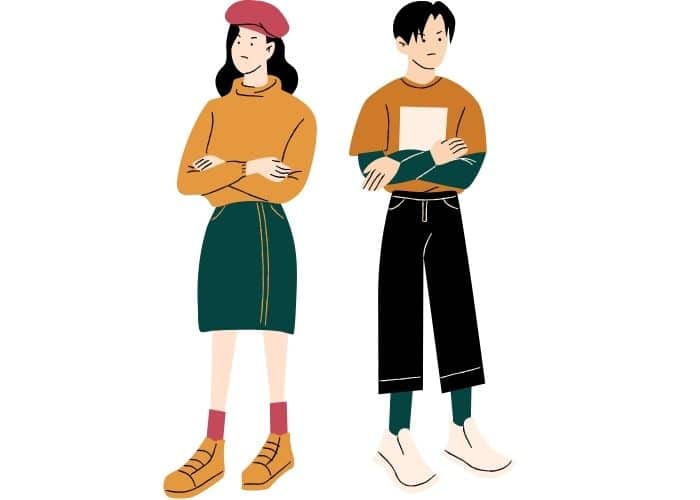
Crossed Arms
Although people may hold their arms crossed in front of them because they’re cold or uncomfortable, or because they have back pain, the gesture is most often seen as a defensive maneuver that conveys uncertainty, insecurity, or even aggression.
Many studies have been done on the meaning of crossed arms, and although it’s difficult to pinpoint exactly what the person crossing their arms is feeling or thinking, these are some of the most common associations.

Feet or Lower Body Facing Someone
When you’re in a group situation and people are mingling, it can be hard to tell who is the most influential person in the room.
The next time you’re with a group of people, and you want to figure out who the leader is, just look at their feet. If other peoples’ feet are pointing toward them, then they’re probably the ones that everyone looks up to.
This method works even if the leader isn’t speaking. You can tell that they are a leader because others are pointing their feet toward them and listening intently to what they have to say when they do talk.
So remember: if you want to know who’s in charge, just look at their feet!
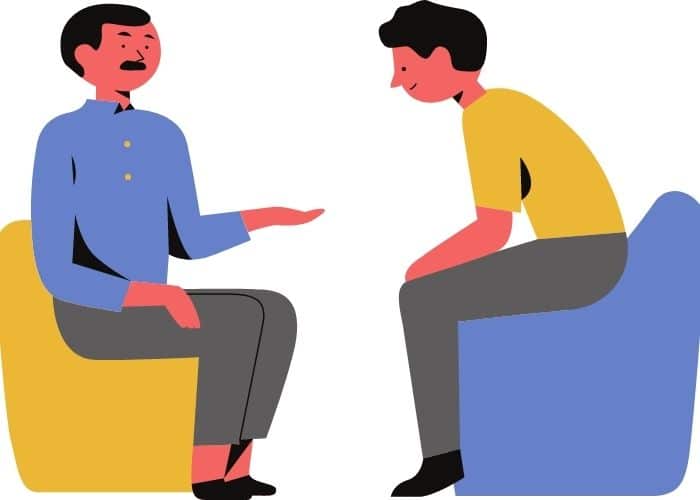
Leaning In
Have you ever been chatting with a friend, and they start leaning in closer and closer?
You might be getting a little nervous. Are they trying to tell you something? Are they uncomfortable?
Don’t worry! If your pal is getting up close and personal, it just means they’re into what you’re saying. You could be talking about anything. From the best coffee in town to the new fitness center opening up down the street. But if they’re leaning in, it means that your friend is engaged in the conversation, and they want to know more. Just keep on talking!
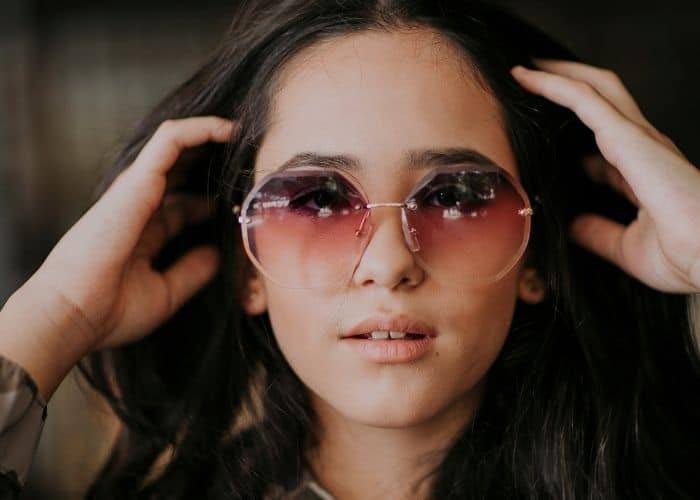
Hair Flip
A hair flip is a gesture that’s typically used by women to draw attention to themselves or to show they feel confident and at ease. It’s also often used to flirt, as it draws the viewer’s eyes to a woman’s face and hair, and can be seen as submissive behavior.
It can also be used to cover anxiety or unease. For example, people often use a hair flip when they’re nervous about something like a job interview, going on a date, or having an important conversation with their partner.

Blink with Head Pull
The blink-with-head-pull combination is one of the most difficult gestures to interpret in conversation. It could mean several things, depending on the situation in which it occurs:
1. I can’t believe you just said that.
2. I’m very skeptical that what you’re saying is true.
3. I’m thinking very hard about what you said, and I’m trying to decide whether it’s worth my time to respond to it.
4. I’m considering an argument against your statement, but I’m not quite sure how to frame it so that it doesn’t seem rude.
5. I don’t think we’re on the same wavelength right now, and I need time for my brain to catch up with you.

Eyebrow Furl
When we furrow our brow, we’re telling others that we have something important on our minds and that we need to concentrate deeply to solve whatever problem is plaguing us. That is why you might see someone who is deeply engrossed in reading a book or watching TV furling their brows.
They are using this signal to communicate that they would like to be left alone or not interrupted since they are working hard to figure out what’s happening in the story.
People also use furled brows as a kind of question mark: when someone has asked us something unusual or doesn’t seem to understand something they’ve said, we tend to furl our brows. This communicates that we don’t quite get what they’re asking us or saying, and prompts them to rephrase the question or statement.
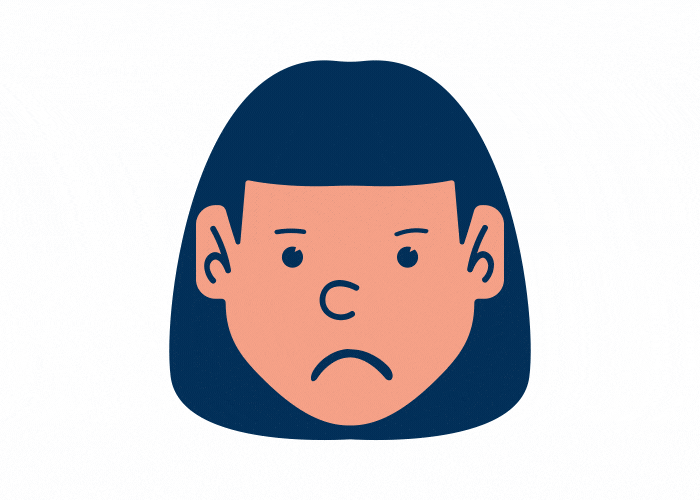
Looking Down Toward the Ground While Shaking Your Head
When someone looks down and shakes their head, especially when they’re being asked a question, there’s a good chance that person is having some sort of internal conflict.
This can be because they are trying to recall something (like the name of an actor) and are struggling to remember. Another reason could be that they feel guilt or shame about something and aren’t comfortable sharing it with you.
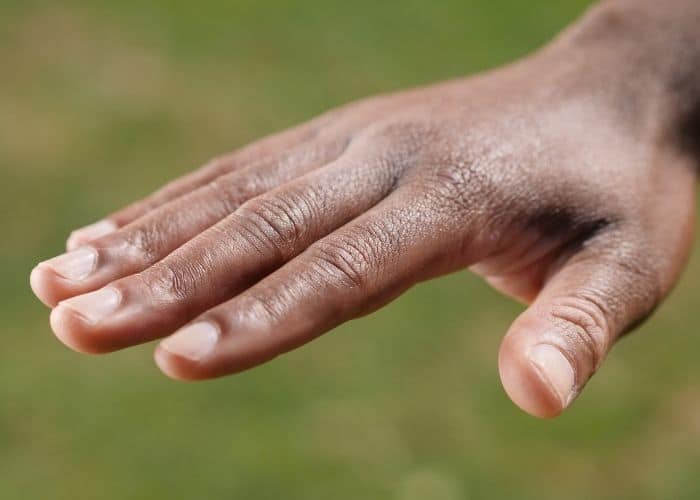
Jittery Hands or Feet
When someone has jittery hands during a conversation, it could mean a few things. It could mean that they’re nervous. It could mean that they’re excited and ready to jump in at any moment. Maybe it means that they’re so comfortable with you that they no longer feel like they need to keep their hands still.
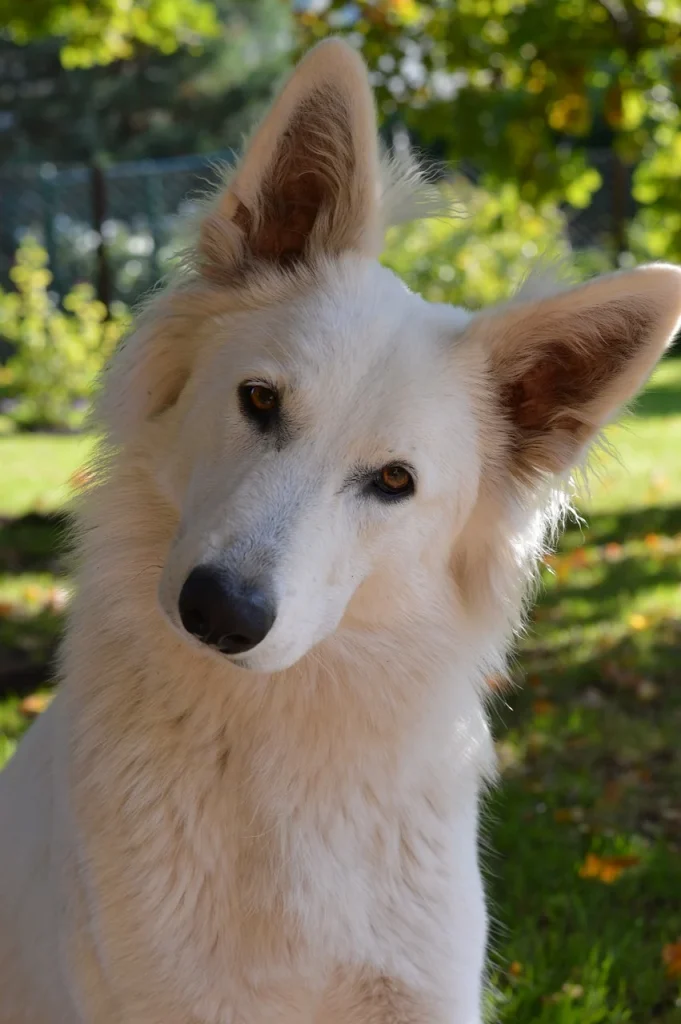
Head Tilt
A head tilt is a body language sign that can show various things depending on the context, but it’s generally thought to communicate curiosity, interest, want/lack of understanding, or some combination of these.
For example, if you’re talking to someone about a subject they find interesting, they may tilt their head a bit to show that they’re curious and sometimes, this can encourage you to continue the conversation.
On the other hand, if you’re talking to someone, and they tilt their head a bit during your conversation, it may show that they don’t understand what you’re saying. In this case, you may need to slow down your speech or talk more clearly.
In both cases, the head tilt is generally subtle. It may be just enough for you to notice it out of the corner of your eye.
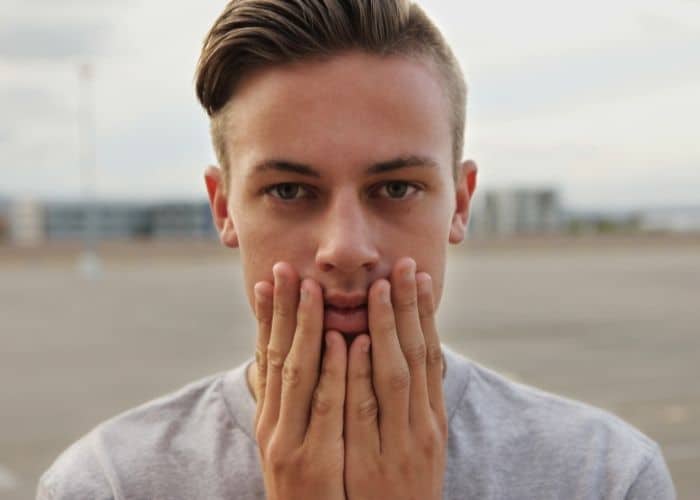
Touching Face or Ears
If you’ve ever been sitting in a meeting and noticed that one person keeps touching their face, you might be wondering what it means. Is the person nervous? Confused? Feeling sick?
According to the body language experts at Harvard Business Review, all these things are possible. But there’s no one answer for why people touch their faces. The meaning behind it changes based on the situation you’re in, and the context clues around what else is going on.
For example, if someone touches their face when you ask them a question, it could mean that they’re processing what you’ve said and are about to answer. But if someone touches their face when you’ve just handed them paperwork or made a presentation, it could mean that they don’t understand what they’re reading, or are even bored by your information.
The key to reading this body language cue is to look at the context clues surrounding it. What else is going on? Does the person seem like they’re searching for an answer? Do they seem confused or disinterested? Do they appear to be thinking hard about something? What was happening right before they touched their face?
Accurate Interpretation and Self-Awareness
Recognizing incongruence between verbal and non-verbal cues is crucial for accurate interpretation. Sometimes, individuals may say one thing while their body language indicates something entirely different. Being able to identify these mixed signals enables us to better understand the true message being conveyed.
Building self-awareness is equally important. By assessing our own body language and identifying areas of improvement, we can become more effective communicators. Practicing active listening and observation skills allows us to better interpret others’ body language, enhancing our overall communication skills.
How Body Language Enhances Relationships
Hey there! Today, let’s dive into the fascinating world of body language and how it can elevate our relationships to a whole new level. You see, when it comes to connecting with our partners, friends, and loved ones, nonverbal cues have a tremendous impact. They can deepen our understanding, build trust, and keep the flame of love burning bright. So, let’s explore the power of body language in relationships and uncover ways to create meaningful connections.
The Power of Nonverbal Communication
In any healthy relationship, communication is the key. Now, we often think of communication in terms of words, but did you know that our body language speaks just as loudly? Our posture, facial expressions, and gestures can say so much more than what we utter. These nonverbal cues play a significant role in conveying our emotions, intentions, and trust levels.
Building Trust and Connection
Have you ever felt an instant connection with someone due to a simple touch, a warm smile, or intense eye contact? That’s the power of positive body language in action. When we express ourselves nonverbally in a positive and open manner, it creates an environment of trust, intimacy, and emotional support. It paves the way for a strong and secure bond where we can freely share our thoughts and emotions.
Understanding Emotions and Intentions
Sometimes, words fall short of capturing the depth of our emotions or conveying our true intentions. This is where body language shines. Our nonverbal cues give us valuable insights into how we truly feel or what our partner might be experiencing. For instance, crossed arms or a furrowed brow might indicate disagreement or defensiveness, while an open and relaxed posture can signal receptivity and agreement.
Resolving Conflicts
Body language is not only about expressing positive emotions; it also plays a crucial role in conflict resolution within relationships. When engaged in a disagreement, paying attention to our partner’s nonverbal cues can provide clues about their emotional state and their readiness for resolution. Active listening to body language helps us respond in a way that validates our feelings and fosters understanding.
Navigating Boundaries
Respecting personal boundaries is essential in any relationship. Understanding and interpreting body language can help us navigate these boundaries effectively. By paying attention to our partner’s nonverbal cues, we can decipher their level of comfort, emotional or physical boundaries, and the need for personal space. This helps create a safe and respectful environment that nurtures a deeper connection.
Creating Connection Through Mirroring
Ever notice how people in close relationships tend to adopt similar postures, gestures, or speech patterns? That’s called mirroring, my friend. Mirroring is a subconscious behavior that signifies a sense of connection and rapport. When we unconsciously mirror our partner’s body language, we signal that we are in sync with them, further strengthening the bond we share.
Enhancing Intimacy
Intimacy isn’t just about romantic or physical encounters; it goes much deeper than that. It’s about feeling emotionally and spiritually connected to our loved ones. And guess what? Body language can play a pivotal role in enhancing intimacy. Acts like holding hands, embracing, or maintaining sustained eye contact can create an incredible sense of closeness and emotional depth.
The Importance of Active Listening
When it comes to body language in relationships, active listening is an absolute game-changer. It’s not just about hearing the words someone is saying; it’s about fully engaging and paying attention to their nonverbal cues. By being present and attuned to our partner’s body language, we can better understand their needs, emotions, and desires, fostering a deeper level of connection.
Now, isn’t it fascinating how something as simple as body language can profoundly impact our relationships? By understanding and utilizing nonverbal cues, we can build trust, communicate more effectively, navigate challenges, and create deeper connections with our loved ones. So, embrace the power of body language and watch your relationships flourish.
Wrapping Up Body Language Examples
During communication, body language is always going to play a factor. Body language is important in all forms of communication, as it often reflects the tone and intensity of your words.
Whether it’s giving a presentation in front of a group or interviewing for that dream job, knowing how to effectively use your body language is key to building rapport and getting the results you want.
Did you find this article useful? Don’t forget to subscribe and share below.

